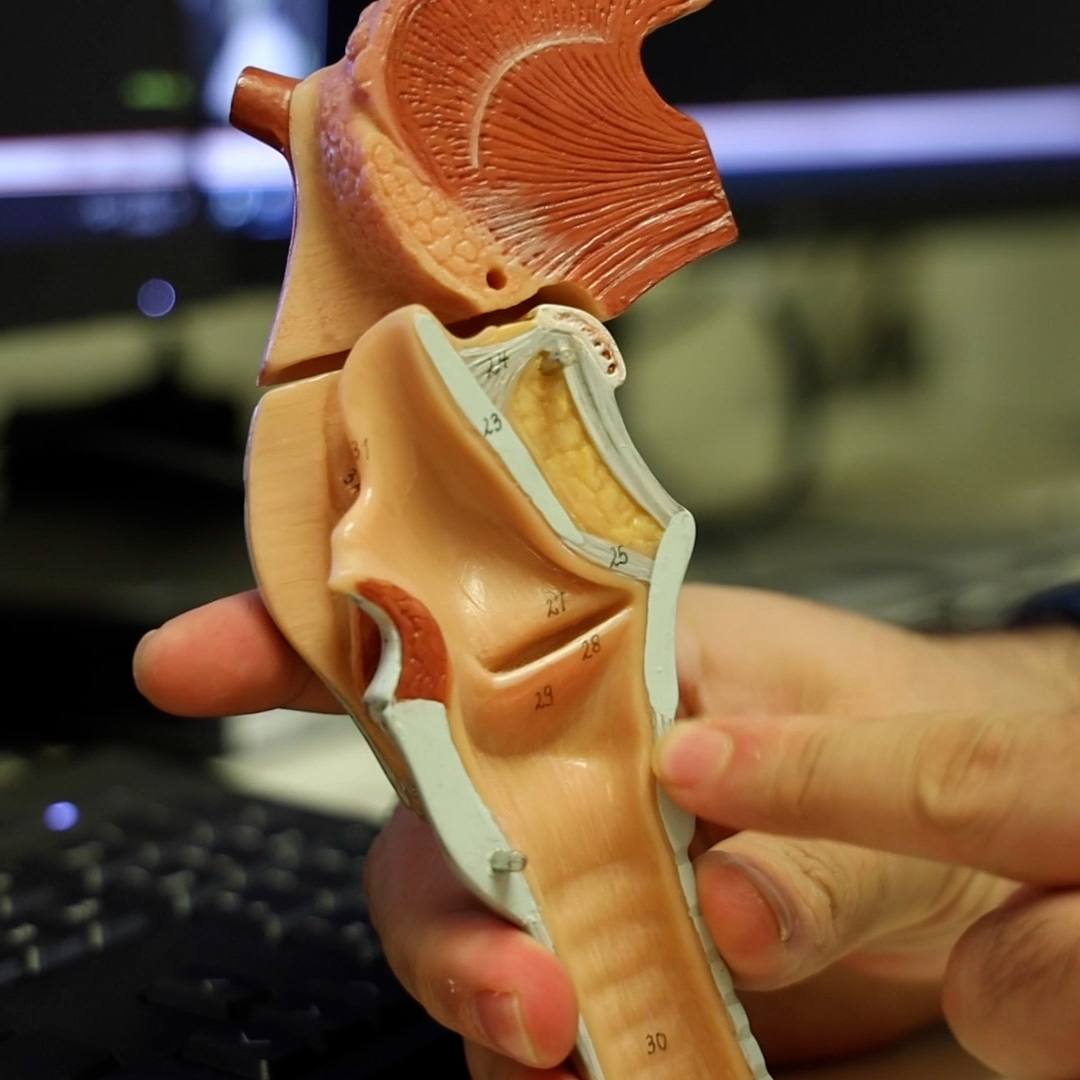-
Health & Wellness
Variety of Causes Can Be at Root of Rhabdomyolysis
Variety of Causes Can Be at Root of Rhabdomyolysis
October 21, 2011
Dear Mayo Clinic:
What is rhabdomyolysis? How common is this condition, and who's at risk for getting it?
Answer:
Rhabdomyolysis is a rare condition in which muscle cells break down and release a substance into the blood that can lead to kidney failure. Most often, it's seen in people who have suffered major injuries or trauma. Rhabdomyolysis may also develop in response to certain medications, dietary supplements or drugs. In some cases, rhabdomyolysis may affect athletes such as weight lifters and marathon runners.
When a muscle is severely damaged, its fibers may break down and leak a protein pigment called myoglobin into the bloodstream. Myoglobin, when it reaches the kidneys, can block the tiny tubes within the kidneys, leading to serious kidney damage and, in some cases, kidney failure. In addition, a muscle that suffers extreme damage often retains a large amount of fluid from the blood, lowering the body's fluid supply and reducing blood flow to the kidneys. That can cause further kidney damage.
Symptoms of rhabdomyolysis include extremely painful muscle aches, muscle weakness, and dark or cola-colored urine. Rhabdomyolysis requires immediate medical attention, and people who have this condition are usually hospitalized. Treatment involves giving intravenous fluids to flush the myoglobin through the system, rehydrate the body and prevent kidney failure. If treatment isn't started quickly, injury to the kidneys can be permanent.
Rhabdomyolysis has a variety of causes. Many cases result from crush injuries to the muscles that can be seen in people who have been in vehicle accidents or have suffered other serious trauma. Heatstroke can cause rhabdomyolysis, as can a bite from some types of snakes whose venom causes severe muscle damage.
Some medications and drugs may also lead to rhabdomyolysis. For example, cholesterol lowering statin medications have been linked to rhabdomyolysis, although this side effect is uncommon. The higher the dose of the statin drug, the greater the risk. Excessive alcohol use and overdoses of drugs such as cocaine, heroin and amphetamines may cause the severe muscle damage that triggers rhabdomyolysis. There also have been reports that some nutritional supplements, as well as performance-enhancing drugs such as creatine supplements and anabolic steroids, are associated with rhabdomyolysis and kidney failure.
Athletes who push their bodies beyond their physical limits are at particular at risk for developing this disorder. For instance, people who do a lot of weight lifting may develop rhabdomyolysis if they lift more than their muscles can physically handle. If they lift in a confined space with poor ventilation where their bodies may become dehydrated, the risk of rhabdomyolysis is even higher.
Marathon runners are also at risk for rhabdomyolysis. Some studies have shown that at the end of a marathon, runners' kidney function can drop by almost 60 percent and many experience profound dehydration, which can quickly lead to full-blown rhabdomyolysis.
To prevent rhabdomyolysis, pay attention to your body as you work out and stay within your limits. If you're involved in strenuous weight lifting or if you're training for a marathon for the first time, consider working with a sports trainer. The trainer can help you find and respect your body's boundaries. In addition, drinking plenty of fluids when you exercise and being wary of supplements, particularly performance-enhancing substances, can help you avoid muscle damage that may lead to rhabdomyolysis.
— John Graves, M.D., Nephrology and Hypertension, Mayo Clinic, Rochester, Minn.
Related Articles







